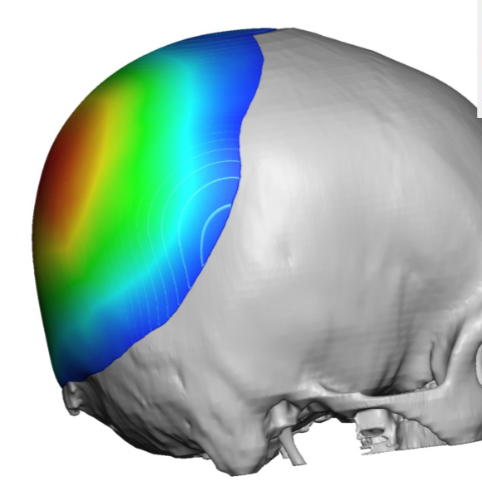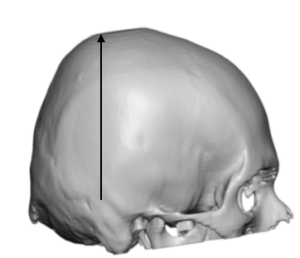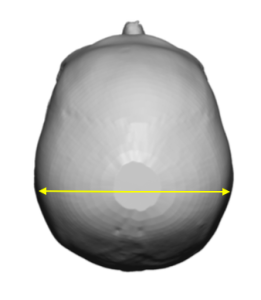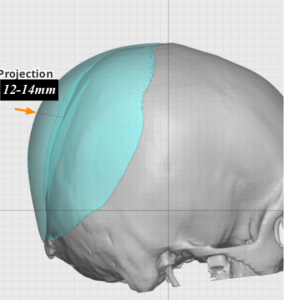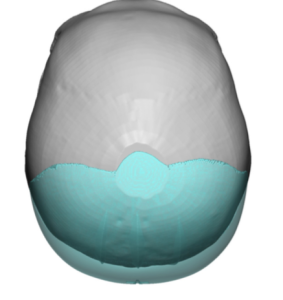One of the most common requests for skull augmentation is for a flat back of the head. In many cases this is for an asymmetric flattening known as plagiocephaly. But in others it is for a symmetric flattening better known as brachycephaly. In the non-synostotic forms of brachycephaly the back of the head lacks projection and the patient has a distinct flattening rather than a more normal convex shape. A custom skull implant is the most ideal method to add increased convexity to the flat back of the head
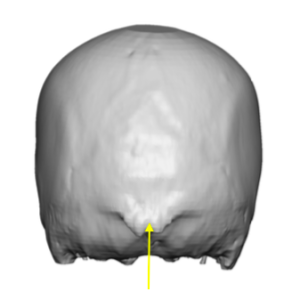
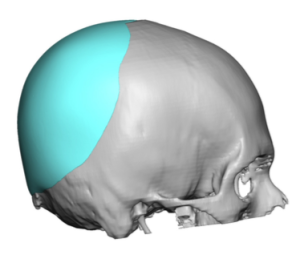

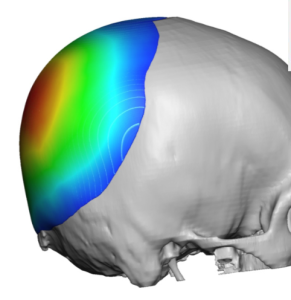
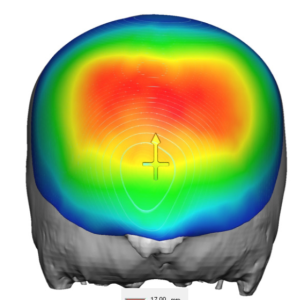
In the non-plagiocephalic flat back of the head a custom skull implant is fundamentally about how to make a symmetric convex shape out of a flat one. Establishing the implant footprint and its internal topography follows several basic dimensional principles.
Dr. Barry Eppley
Indianapolis, Indiana

